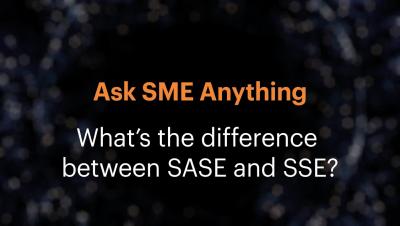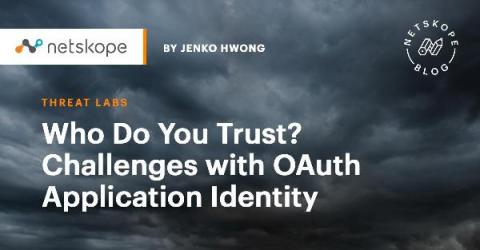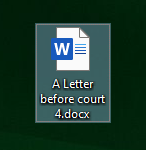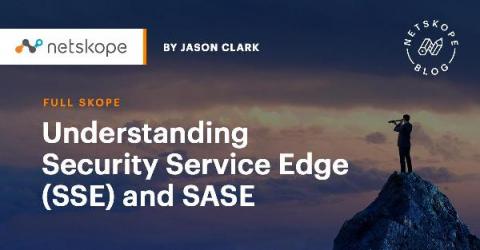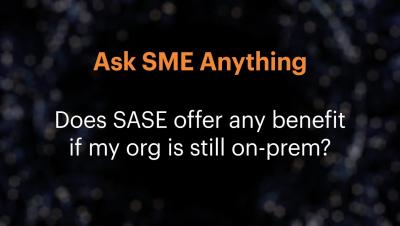Security | Threat Detection | Cyberattacks | DevSecOps | Compliance
Cloud
Who Do You Trust? Challenges with OAuth Application Identity
In our recent blog, Who Do You Trust? OAuth Client Application Trends, we took a look at which OAuth applications were being trusted in a large dataset of anonymized Netskope customers, as well as raised some ideas of how to evaluate the risk involved based on the scopes requested and the number of users involved. One of the looming questions that underlies assessing your application risk is: How does one identify applications? How do you know which application is which? Who is the owner/developer?
Microsoft Office Document Triggering New Zero-Day
Most ransomware groups operating in the RaaS (Ransomware-as-a-Service) model have an internal code of A new zero-day vulnerability (CVE-2021-40444) affecting multiple versions of Windows has recently been discovered and disclosed by Microsoft. According to Microsoft’s Security Update Guide, the MSHTML component can be exploited by an attacker through a custom ActiveX control, allowing remote code execution.
Collaborate Seamlessly with Egnyte and Google Workspace
Today’s organizations utilize a multitude of solutions to create, share and manage their sensitive content. That business reality is exacerbated by additional cloud file storage solutions that result from acquisitions, competing employee preferences, or shadow IT initiatives. So, it’s no surprise IT teams struggle to manage and control document and file system sprawl.
Security Incident Containment with Teleport Session and Identity Locking
What would you do when a security incident is detected? Shut down the servers? Pull out the power cord from the data center? When an incident is detected, both the incident method and the time required to contain an incident are essential to limit the damage. The slower you are to react, the more damage an incident would incur. And a service downtime to contain an incident can cost businesses even more than a security incident itself.
Clearing Up Elements of Cloud Security | Ep 24
Strengthen your cloud security posture with Azure Sentinel
Scalable, cloud-native solutions like Azure Sentinel help security teams streamline security operations in cloud environments. In this first of a two-part blog series, we explore the challenges businesses face when detecting and responding to cyber threats and attacks, and how these challenges can be addressed by leveraging Microsoft Azure Sentinel.
Understanding Security Service Edge (SSE) and SASE
The SASE journey requires reliable partners with truly integrated platform capabilities, not vendors wielding smoke-and-mirrors-style marketing proclaiming “SASE” in giant headlines. But clarity is critical, and both SASE and the more-recently-coined security service edge (SSE) terminology, can be a little confusing.
Ask SME Anything: Does SASE offer any benefit if my organization is still on-premise?
Securing Amazon EKS Anywhere with Sysdig
Amazon EKS Anywhere is a new deployment option for Amazon Elastic Kubernetes Service that lets you create and operate Kubernetes clusters on-premises. With it, you can run containerized workloads in whatever location best serves your business. Carefully considering what’s needed for security will help you reduce risk and safeguard against potential threats.


